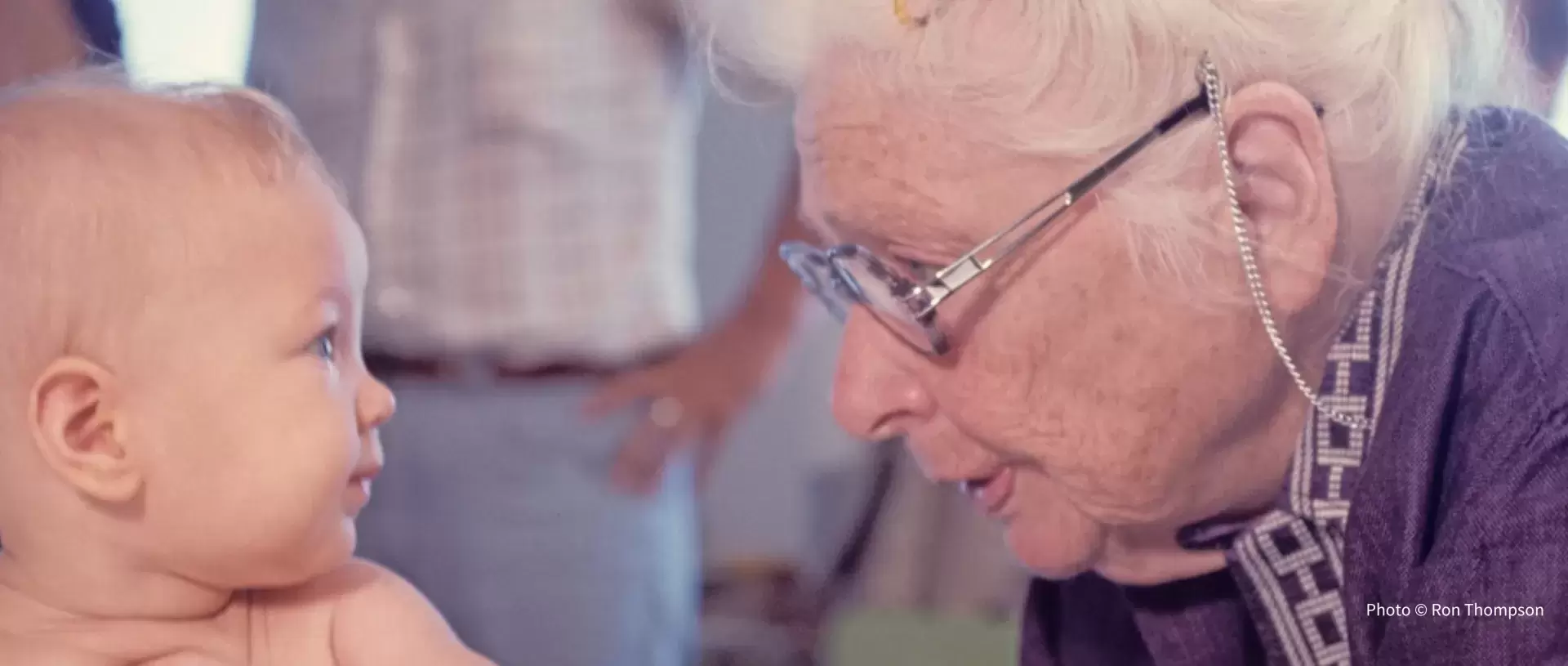The Science and Art of Rolfing® Structural Integration
Rolfing® Structural Integration is a unique technique that combines manual therapy with movement education and embodiment practices. At the source of this method is the scientific mind of Dr. Ida Rolf, a biochemist who pioneered subsequent research into the importance of connective tissue, which we now understand as fascia. Through her exceptional observational skill, Dr. Rolf was able to integrate her scientific knowledge with her experiences of various body- and mind-based practices. Her ground-breaking discovery that manipulating fascia could improve the body's alignment in gravity and overall health led to the development of the Rolfing Structural Integration method.
As we celebrate what would have been Dr. Rolf's 127th birthday on 19th May, let us reflect on the impact of her pioneering work.
The Origins of Fascia Research
Today, fascial bodywork is in vogue, and there are a variety of techniques addressing this tissue. The great enthusiasm about working with fascia has emerged thanks to continuous research shedding light on and further exploring its multiple functions and interactions with other tissues, resulting in the recognition of fascia as a complex and significant system within the body.
However, few people know that it was Dr. Rolf's legacy, the Ida P. Rolf Research Foundation, that initiated the first Fascia Research Congress in 2005 and is the origin of the now independent Fascia Research Society. Dr. Robert Schleip, one of the most prominent names in modern fascia research, started his scientific career with questions he asked himself as a Rolfer and Rolfing instructor. He now serves as Research Director of the European Rolfing® Association.
The Art of Bodywork and Movement Therapies
Being at the crossroads between manual therapy and somatic practice, Rolfing Structural Integration draws on multiple scientific disciplines, from biomechanics to psychology, neuroscience, and motor control. At the same time, the interaction between practitioner and client is an intuitive and creative process based on a phenomenological approach, which entails collaborating with the person in their immediate and present environment.
Movement education and embodiment practices not only enrich the options for the practitioner and add further dimensions and mechanisms of action to manual Rolfing techniques, but they also enable the client to own the process and integrate it into everyday live, thereby contributing to its success.
Visit our Scientific Research page to find out more about how Dr. Ida Rolf’s legacy lives on in Rolfing® Structural Integration and in fascia research.







